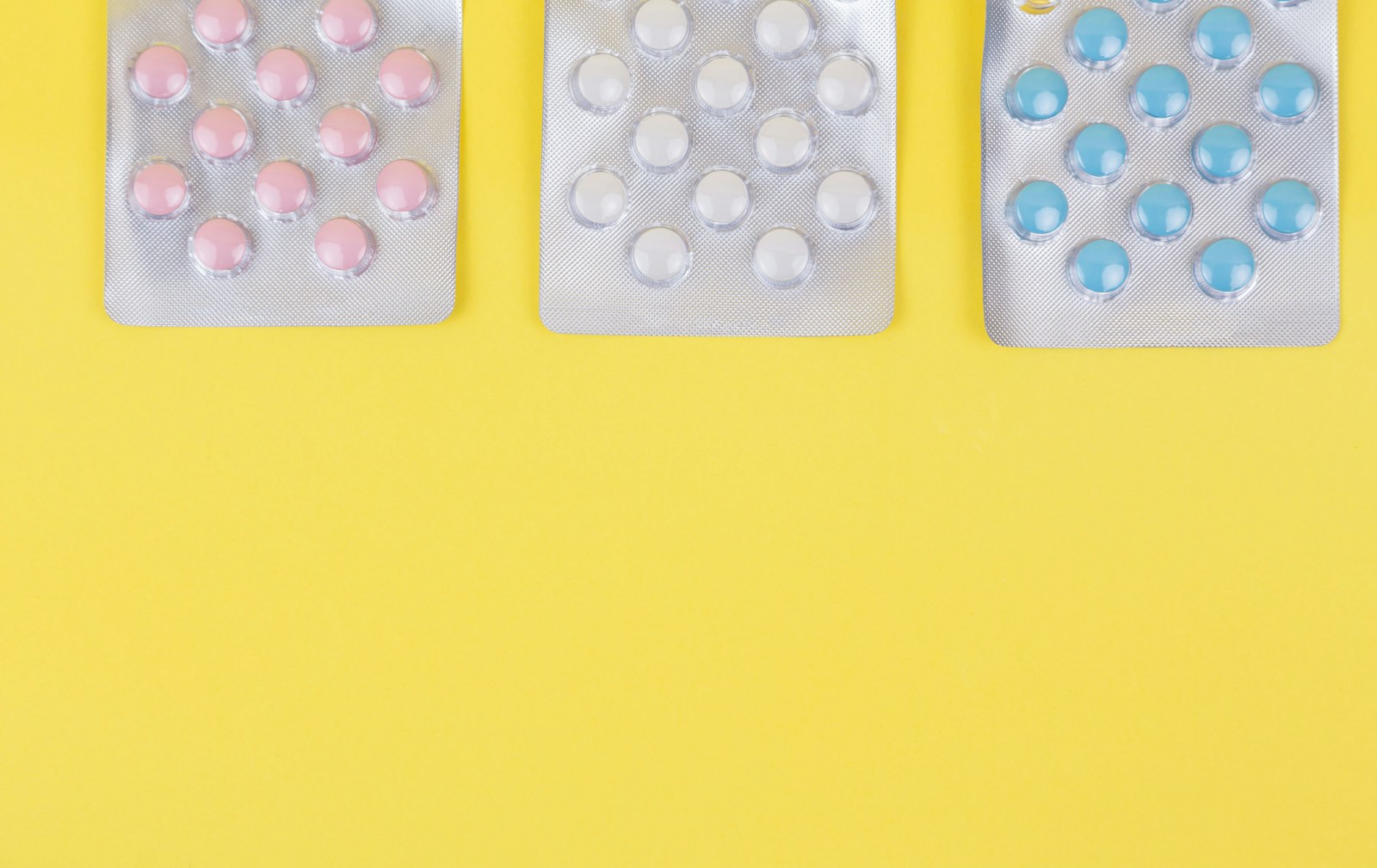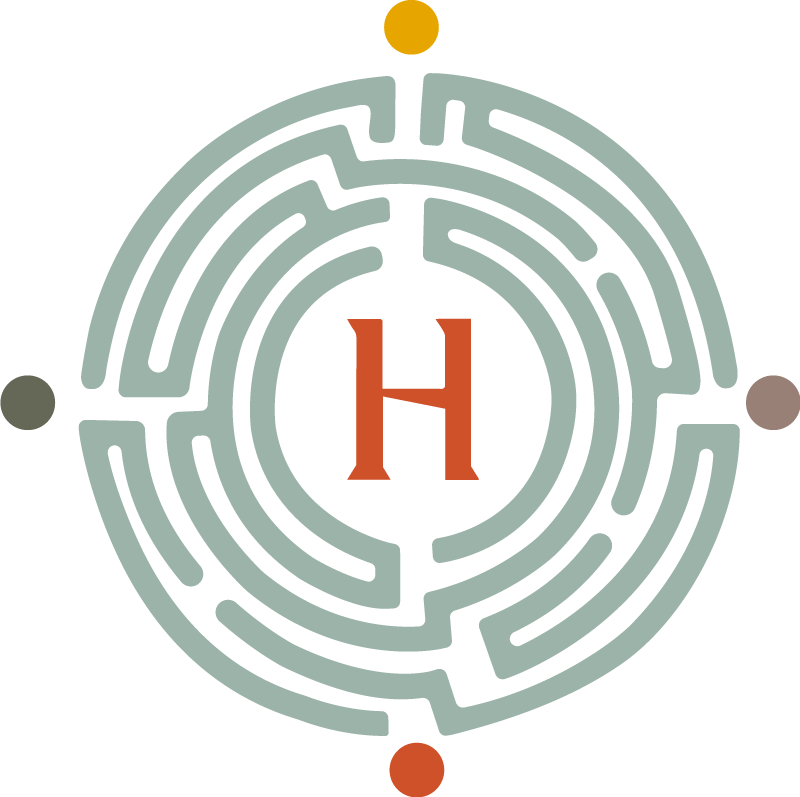Here are some research findings about women and pain that we can share.
Women:
- generally seek help from healthcare providers about pain earlier
- report severe levels of pain more frequently
- experience more frequent episodes of pain, for a variety of different reasons
- suffer with episodes of pain that last longer
- are more likely to report migraines, tension headaches, facial pain, musculoskeletal pain, pain from arthritis, fibromyalgia and pain secondary to trauma.
Laboratory experiments have repeatedly shown that women are more sensitive to pain than men. Studies suggest this could be the case for different reasons. Of course, hormones get a mention. When estrogen is low, you may experience more pain. This has been noticed during menstrual cycles changes and when comparing pre- and post-menopausal women. It is known that low levels of sex hormones can trigger greater inflammation, leading to pain. Other possible reasons include sex differences in the way the body provides its own painkiller in response to stress, and differences in the ways that our brains and nervous systems send and receive messages.
Irritable bowel syndrome (IBS) tends to affect women more than men.
Is this just because women go to the doctors more about it?
It has been shown on Positron Emission Tomography (PET) scans that women actually experience more pain responses with IBS than men do.
Women are more likely to have their pain overlooked and wait longer to receive a diagnosis of a condition that causes pain.
You have probably heard of the gender pay gap (the difference in earnings between men and women) but have you heard of the gender pain gap?
The gender pain gap describes the difference in how healthcare providers listen to, assess and treat women experiencing pain, compared to when seeing male patients.
I am sure many of us have experienced medical procedures that were uncomfortable and sometimes even painful. What did you do? Did you speak up or ask your doctor to stop, or did you tell yourself you just needed to get through it?
Have you ever felt your pain was overlooked or even dismissed when you did ask for help from your healthcare provider?
Being a woman in my late forties, I can think of several occasions when this has been the case for me. I remember seeing a doctor in my late teens about my periods and feeling like my pain wasn’t being taken seriously at all. When I experienced perineal trauma during childbirth, I was stitched up without adequate pain relief. I repeatedly said the numbing injections had not worked well enough and I could still feel what was happening, but they continued anyway. My worst experience of my pain being ignored by a healthcare professional was during an attempt to have an intrauterine device (IUD) replaced. The threads that are supposed to extend into the upper part of my vagina, which are used to remove the IUD, couldn’t be found and a doctor spent several painful minutes trying to locate them, despite it being extremely painful. For some reason I just froze, I said nothing, and then went into a physical shock response as soon as I left the building.
One of the saddest things to think about is how it never seemed to matter whether the physician I was seeing was male or female. Is it unusual to have had several experiences like this? Unfortunately, the research suggests it’s not.
Here are some headlines of the bigger picture surrounding pain and gender differences:
- Pain is highly complex and involves several different factors including our physiology, our minds and our culture.
- Research shows that men and women experience pain in different ways, cope with it differently, report it differently, and are evaluated and treated differently by health professionals, regardless of their gender.
- Much of the information used to diagnose and treat most health conditions has historically been taken from studies based on male patients. Research and clinical trials tended to use only men as the ‘default’ subjects and excluded women from participating. Including women in clinical trials only became law in the US in 1993.
Given this, you can see how there is a lot of catching up to do to level our understanding of most health conditions and how they uniquely affect women compared to men

So if women experience pain more often, their bodies are more sensitive to pain, and they are more likely to report pain to a healthcare provider, can we assume the evidence shows that women’s pain gets treated as equally (if not more) than men’s pain? NO!
Sadly, the opposite is true. Women are much more likely to feel their pain has been overlooked, or dismissed. They also face a longer wait to get their pain diagnosed and treated effectively. Evidence shows this to be the case not only from women’s own personal accounts, but from objective data too. This includes what type of pain medication is prescribed, when it is prescribed and how long it is prescribed for.
So what’s going on here? Researchers have suggested the following social and cultural factors to be at play:
- Our ability to communicate our pain should be an advantage but it’s not. When it’s verbalized, women’s pain is more likely to be met with suspicion as opposed to when men talk about their pain. Men are believed more when they seek help because it’s assumed that men often do not visit the doctors or show weakness and vulnerability. The bottom line? If they do, the pain must be really bad.
- There is a long history in which women’s pain was often thought to be a symptom of something called ‘hysteria’. The word literally means ‘suffering in the womb’ and it meant that women’s pain was often positioned as a fallacy.
- Research shows women are much more likely to have their pain attributed to a psychological reason as opposed to a physical or biological cause. Equally, if emotional distress seems to make a woman’s pain worse, health care providers have been found to undertreat the actual pain. Clinicians often discount women’s reports of pain until the point where there is objective evidence (like a problem shown on a scan). Only then will the pain get treated seriously, or in the way a man’s pain would be.
- There are still cultural notions surrounding women being able to tolerate and cope with pain (despite evidence showing the opposite) well. This is likely rationalised because of the experience of having painful periods, or going through childbirth. Sadly all too many of us are used to having to ask ourselves, what’s normal pain and what’s not? Ultimately, pain is pain and needs to be recognised as an indicator of a problem, as opposed to being simply dismissed.
- Pain around periods, endometriosis, during sex and in the joint and muscle have all been normalized in clinical language, meaning many women struggle to seek the support they need, as moderate pain is presented in these instances as normal.
A good rule of thumb? If men don’t have to put up with it, why should you?
The evidence is quite clear that women’s pain is treated less seriously than men’s. If you’re a woman of color, the pain bias from healthcare providers is thought to be even more pronounced as racial biases influence treatment approaches too. Pain bias related to ethnicity is evident in many healthcare settings including in emergency departments, labor and delivery wards, post operative surgery spaces, cancer treatment centers and many more. Women of color have their pain dismissed, wait longer to receive a diagnosis and treatment and are often prescribed less effective pain medications.
Changing the landscape of women’s pain for the future
Here at Hormonally, we want to shout about the issues that negatively affect women when it comes to accessing the healthcare they need. We are making it our mission to empower women and all those impacted by their hormones to speak up about their pain. A great way to do this is to share your story with others. While it can be daunting to share an intimate experience, it can make all the difference in helping to assure other women that they are not alone. It can help others to see that their poor experience of healthcare treatment was not their fault, but rather, part of a wider issue in society that needs to change.
Raising awareness of the gender pain gap as a proven form of discrimination in healthcare settings helps inform women of what to be prepared for and hopefully opens the eyes of practitioners to their inherent, often subconscious, biases they may project in their care.
If you’re experiencing pain that has not yet been diagnosed, or you have struggled to talk about your pain with a doctor, remember that you are not a problem. Your pain is legitimate and if it is affecting your life, you deserve to be heard, believed, and have the pain investigated and treated effectively.
Sometimes, it’s not always the relief from pain that we most want or expect. Rather, it’s being treated with respect, dignity and empathy. This is often what we are most looking for from a healthcare provider when we seek care.
We want to hear your stories and shoutouts about good care that you have experienced as well. Have a quite frankly awesome OBGYN?
Let us know and tell us what it was about the consultation that you appreciated.
If you want to dive deeper into some of the research on the gender pain gap, a good place to start is with this landmark study:
Hoffmann DE, Tarzian AJ. The girl who cried pain: a bias against women in the treatment of pain. J Law Med Ethics. 2001 Spring;29(1):13-27.
Podcasts more your thing?
Susan Burton has produced an incredible series called The Retrievals. Speaking candidly to women who underwent invasive fertility procedures with no pain relief, Burton reveals how the fentanyl women were meant to have been given had been replaced with saline solution. She poignantly demonstrates the ways in which women are conditioned to ‘manage’ pain, as when these women complained, their pain was dismissed.






